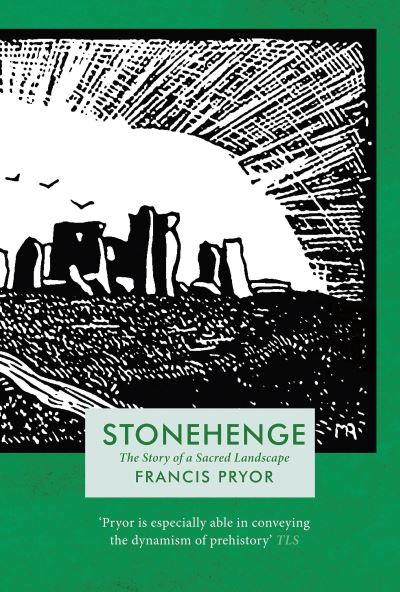Description
A beautifully illustrated account of the history and archaeology of an iconic feature of the English landscape, as part of the stunning Landmark Library series. Perched on the chalk uplands of Salisbury Plain, the megaliths of Stonehenge offer one of the most recognizable outlines of any ancient structure. Its purpose – place of worship, sacrificial arena, giant calendar – is unknown, but its story is one of the most extraordinary of any of the world’s prehistoric monuments. Constructed in several phases over a period of some 1500 years, beginning c. 3000 BC, Stonehenge’s key elements are its ‘bluestones’, transported from West Wales by unexplained means, and sarsen stones quarried from the nearby Marlborough Downs. Francis Pryor is one of Britain’s most distinguished archaeologists. In Stonehenge, he delivers a rigorous account of the nature and history of the monument, while also placing the enigmatic stones in a wider cultural context, exploring how antiquarians, scholars, writers, artists, ‘the heritage industry’ – and even neopagans – have interpreted the site over the centuries.




